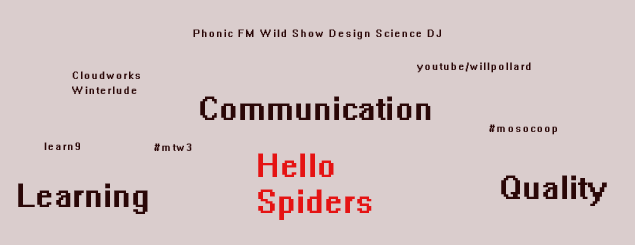What is Peter Scott thinking about technology?
Previously I have done some posts about the MOOC and Peter Scott and/or Guardian reporting on the MOOC idea in general. about half way through last year he wrote that he did not want to write about the MOOC and so far he has stuck to this.
I get the impression that much of what he writes is in code. Several words are in quote marks. Maybe people in universities have an understanding of what he is getting at.
This week in the Guardian a take on the worsening terms and conditions for most academics and the need for a stronger trade union.
One thing I notice is that while the online version includes this explanation of why universities are still well off
the main reason is that they underpay their staff. For the best part of a decade now, salaries have failed to keep pace with inflation. As universities spend most of their money on employees, this underpayment has helped them avoid financial crises and even indulge in the odd "landmark" building.
In the print version this remark about "landmark" buildings has been cut.
In Exeter we have the Fourum and I notice a lot of building on the Lancaster campus also. Some of this has been funded by grants or gifts but maybe there is some debt involved. In general the investment in buildings has paid off in ratings but I wonder if there is the same sort of investment in MOOCs or related tech.
A while ago Peter Scott was part of two books about Mode 2 knowledge but there has not been an update recently. Possibly there is some "mode two" activity around online learning but I don't know how this would be described. There has also been papers about "design science" but I can't find anything about recent "impact".
As mentioned previously the Guardian is selling loads of courses from their Kings cross campus so this may continue for a while. They may not need to cover alternatives.
Peter Scott continues to write about the finances of universities and the situation of academics without looking at technology or change.
Maybe the Guardian will write more about the situation of newspapers. Recent history includes changes in technology. The NGA was a strong union but some issues continue.







